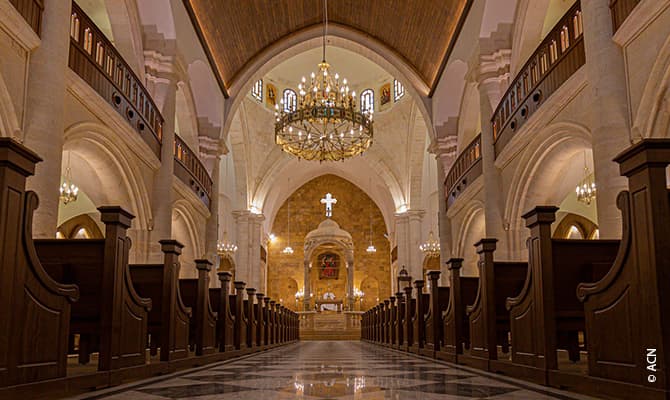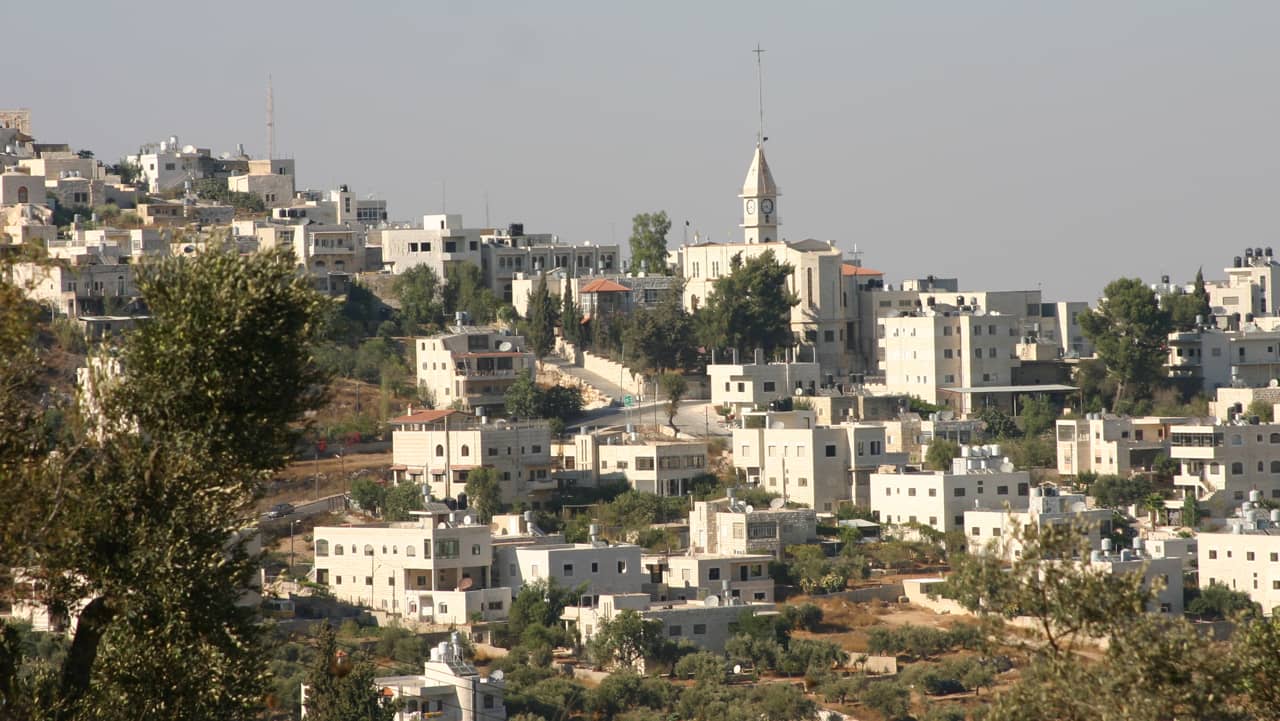ROME – After nearly a decade of being caught in the middle of Syria’s bloody civil war, Christians in the country are living in situations of violence, acute poverty, and now the COVID-19 coronavirus.
However, earlier this week the reopening of one of the Maronite Cathedral of Saint Elijah, in the Al Jdeydeh suburb of Aleppo, provided a sliver lining for the beleaguered community.
An ancient structure with a special significance for Maronite Catholics in the area, the original church was built in the 15th century. A new church was built on the same site in 1873 and this was renovated in 1914.
It suffered extensive damage in 2012-2016 as a result of missile attacks and other acts of desecration. The bulk of the destruction was done in 2013 by jihadists who had taken control of the neighborhood and sought to eliminate all signs of Christianity.
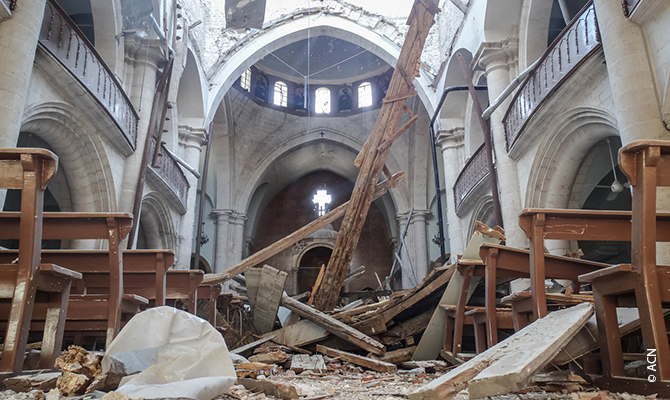
After laying in ruins for several years after Aleppo came back under the control of the Assad government, Christmas Mass was celebrated in the cathedral in 2016 amid debris and ash. It has now been fully renovated with the help of the Catholic charity Aid to the Church in Need (ACN), and was formally reopened July 20.
Maronite Archbishop Joseph Tobji said the moment had both symbolic and practical meaning.
“It is a message to the parishioners and Christians in Aleppo and the world that we are still in this country despite our dwindling numbers, and the restoration of the cathedral is proof of this,” he said during the reopening, adding that the determination to stay “is a ‘mission’ and not just because we were born here, or because we are obliged to stay here against our will.”
In practical terms, Tobji noted that Maronites have no other place to gather together for worship, so the decision to restore the cathedral, “was self-evident, just like a family who wanted to renovate our only house that brought us together.”
He recalled visiting the cathedral in between the numerous missile attacks to survey the damage being done, each time being filled with “sadness and pain” at the sight.
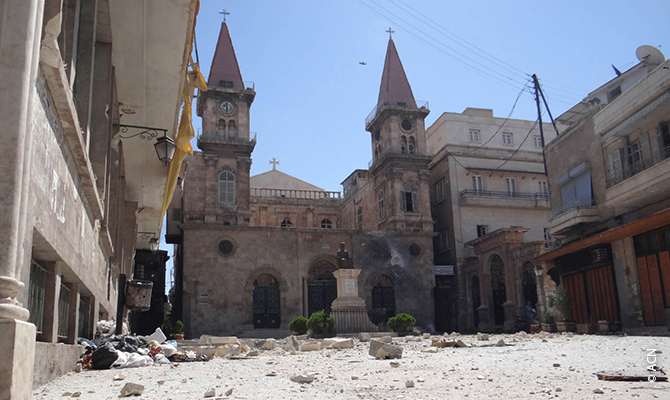
Once the fighting was over, Tobji said he came back to the cathedral yet again and took in the sight of the caved in ceiling and collapsed dome. The walls had been scorched, and shards of wood and plaster were on the floor where pews and statues once stood.
“I said to myself: As we all suffered as human beings, so did the house of God and the house of the congregation. This house (the church) played a role in receiving the blows themselves in order to protect the surrounding civilians,” he said, saying he gave thanks to God, “who uses means that we may not understand for salvation.”
Yet in addition to marveling at God’s blessings, he said the experience also prompted deep questions as to why evil, injustice and humiliation were allowed to prevail to such an extent.
Christmas Mass amid the destruction in 2016 was intended to send “a message of hope” to Christians and to assure them that “the Son of God was incarnate and He is still with us, accompanying us in our sorrows and pains, and carrying them with us, so that they transform into a life of hope, faith, love and thus a life of holiness,” he said.
Tobji noted they had built a makeshift manger out of the ruins for their nativity scene. When they laid the infant Jesus in that manger, he said, it was a moment of sorrow and joy, and that both he himself and the congregation “were crying and laughing at the same time.”
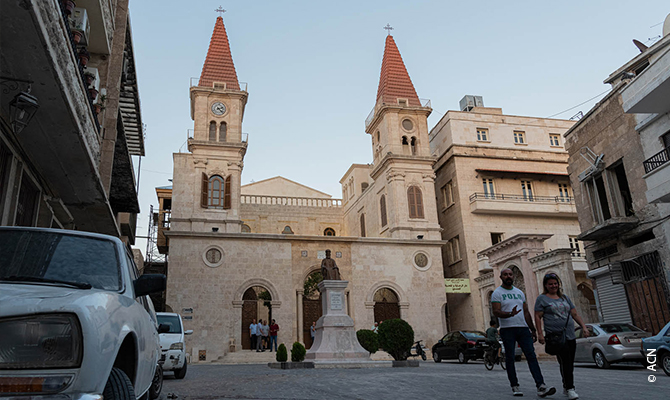
Among the biggest challenges in repairing the cathedral, he said, was obtaining funding, as they lacked the materials, expertise and craftsmanship required to restore the structure as close as possible to its original condition.
A new roof modeled after the wooden original was one of the main restorations, with lumber shipped from Italy.
In total, the project cost over $450,000 all of which was raised and donated by ACN, which funds numerous projects throughout the Middle East, including about 100 additional projects in Syria.
According to the organization, roughly 1.5 million Christians were living in Syria before the civil war began nine years ago, and now it is estimated that only a third of them remain. In Aleppo, which was previously home to around 180,000 Christians, there are currently just 30,000 who still live in the city.
Currently in its 10th year, the Syrian Civil War has left thousands dead and millions displaced, and millions more are living in poverty. Insert the coronavirus pandemic, and the immediate and long-term impact could be devastating.
Though Syria still only has 522 total reported cases of COVID-19, fears are ever present that should the outbreak worsen, it might prompt a complete break down an already crippled healthcare system. Hospitals have often been targets in the fighting, leading to a shortage of facilities, personnel, equipment, medicines, and funds.
Pope Francis donated 10 ventilators to Syria in April, and Catholic aid agencies have advocated for the lifting of international sanctions in order to allow crucial humanitarian assistance into the country.
Yet whatever the destruction, the new cathedral serves as a sign of hope for one of the Middle East’s most ancient and rapidly diminishing populations.
Speaking to benefactors, Tobji thanked them for allowing the cathedral to be rebuilt, and said he wished the situation was better, “so that you could share with us our joy at the opening of the cathedral.”
“Yet we feel your spiritual accompaniment,” he said, “and we will certainly hold another ‘thank you’ ceremony with you when the circumstances arise.”
Follow Elise Ann Allen on Twitter: @eliseannallen
